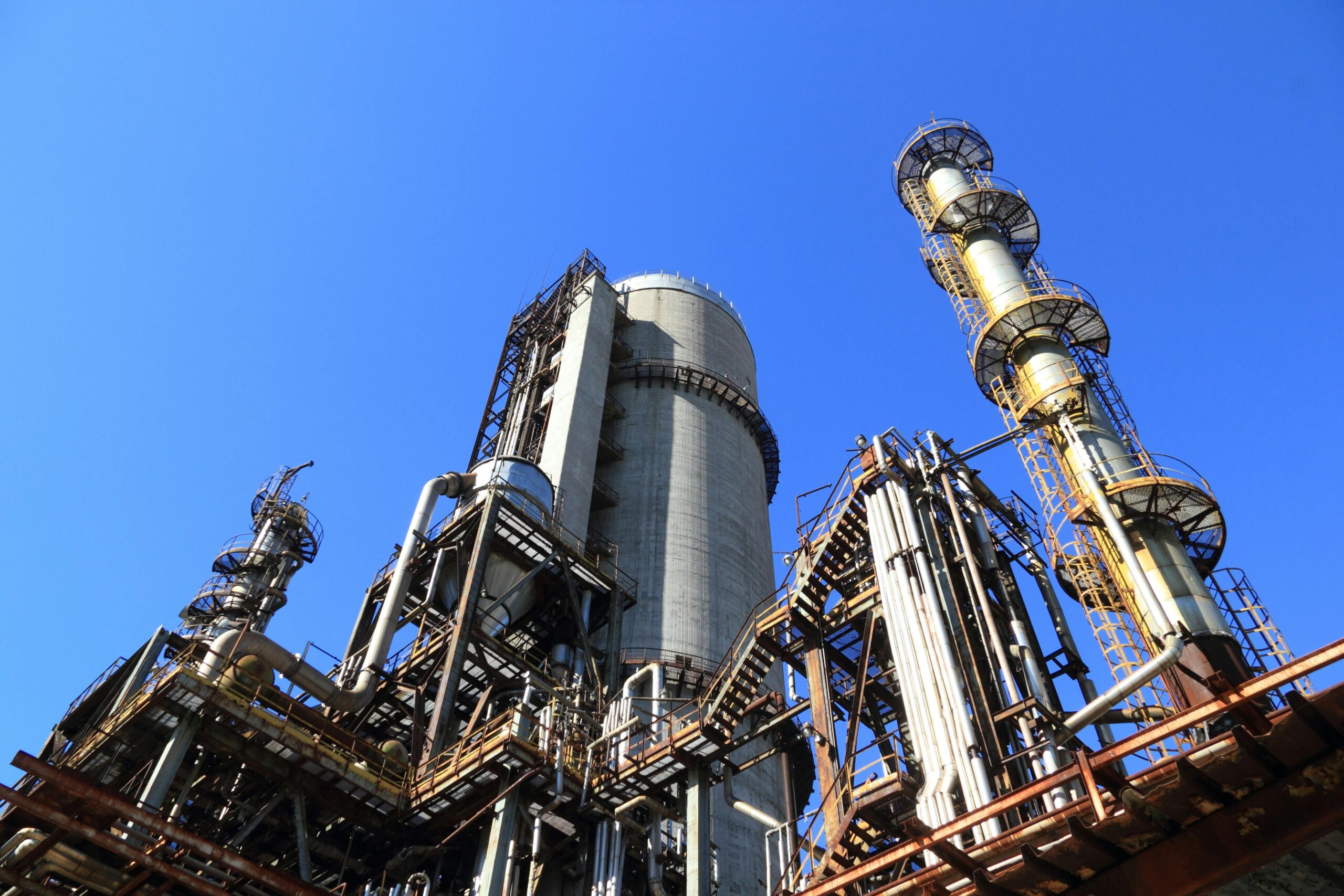The UAE’s non-oil sector(private) continued its steady expansion in October 2025, supported by solid output growth, new project launches, and resilient customer demand. However, the latest S&P Global Purchasing Managers’ Index (PMI) survey showed that hiring momentum weakened, as businesses grew more cautious about future expansion amid rising competition and pressure on profit margins.
The headline UAE PMI slipped slightly to 53.8 in October, down from 54.2 in September, but remained comfortably above the neutral 50 threshold indicating another month of robust improvement in operating conditions. The reading also stayed higher than the averages recorded in the previous four months, confirming that the non-oil economy remains on a firm growth trajectory.
Table of Contents
UAE: Strong New Orders Fueling Non-Oil Sector Growth
Private sector companies across the UAE continued to report solid output gains, underpinned by new projects, marketing efforts, and sustained client demand. Although the rate of expansion eased marginally from the strong levels seen in September, businesses maintained a steady pace of activity throughout October, signaling resilience in the non-oil economy even amid global uncertainty.
The October survey noted that new order volumes rose sharply, marking the third consecutive month of expansion. However, the pace of new business growth moderated slightly from September’s peak. Firms attributed this to a combination of stable domestic demand and only marginal increases in foreign sales, suggesting that while domestic spending remained healthy, external demand was still recovering gradually.
Companies also reported continued increases in purchasing activity, with the latest rise being the largest since June. This upturn helped stabilise inventory levels following a modest decline during the third quarter. Many firms said they were stocking up in anticipation of future projects and seasonal demand heading into the end of the year.
Dubai Leads the Momentum With Nine-Month High
In Dubai, the business landscape remained particularly strong. The city’s non-oil economy saw its PMI rise to 54.5 in October, up from 54.2 in September the highest level in nine months.
Growth was driven by a surge in new orders and output, particularly within sectors such as trade, construction, and tourism. The improvement reflects Dubai’s continued appeal as a regional business hub, supported by steady consumer demand, government-led infrastructure projects, and global visitor inflows.
Despite these gains, employment levels across Dubai’s private sector remained modest. While hiring rose for the seventh consecutive month, the increase was marginal, indicating that firms are focusing on efficiency and productivity rather than workforce expansion.
Hiring Slows Across the UAE
While output and new business remained strong, employment growth softened nationwide. The PMI survey reported that job creation slowed to its weakest level since March, reflecting a more cautious approach to recruitment among UAE firms.
Many respondents indicated that while they expect continued growth, they are wary of rising costs and competitive pricing pressures, prompting them to limit new hiring and control overhead expenses.
The report also noted that business optimism over future output fell to its lowest level since late 2021, with companies highlighting increased competition and concerns about narrowing margins as key factors affecting sentiment.
This decline in confidence does not necessarily point to contraction but reflects a stabilisation phase following months of strong performance. Firms appear to be reassessing their strategies, balancing expansion with risk management and profitability protection.
Costs Rise at Fastest Pace in Six Months
Input prices covering raw materials, wages, and transportation rose at the fastest pace in six months during October. Although inflationary pressures have been relatively contained through 2025, the recent uptick prompted some businesses to raise selling prices after a brief period of discounting in September.
Despite these increases, overall cost pressures eased for the second straight month, and only a small share of companies reported substantial rises in expenses. This allowed output prices to remain broadly stable, suggesting that firms are absorbing part of the cost burden to maintain competitiveness and support demand.
Backlogs and Capacity Pressures
The PMI data also revealed that backlogs of work continued to rise, extending the sequence of growth seen over recent months. Firms cited capacity constraints, strong order books, and administrative delays as the main reasons for the build-up.
While rising backlogs typically signal healthy business activity, they can also point to operational strain, especially when combined with slower hiring. Many firms are likely prioritising automation, workflow efficiency, and digital solutions to manage this pressure while maintaining service quality.
Business Outlook Softens but Remains Positive
Despite a slight dip in optimism, overall sentiment across the UAE’s non-oil private sector remains cautiously positive. Firms continue to expect growth in 2026, though at a more moderate pace than earlier in the year.
Several factors underpin this outlook:
- Government diversification efforts and investment in innovation continue to support long-term non-oil expansion.
- Infrastructure projects, especially in transport, renewable energy, and logistics, are expected to sustain demand.
- The UAE’s role as a regional trade and tourism hub continues to attract international business activity, balancing domestic market challenges.
However, companies also flagged competition, cost management, and tighter profit margins as ongoing headwinds.
According to David Owen, Senior Economist at S&P Global Market Intelligence, “The pace of new business growth has recovered well since its low in August, supporting increases in output and purchasing activity.” He added that while hiring slowed, the overall performance of the non-oil economy remains strong by historical standards.
UAE Economy: Diversification, Stability, and 2026 Outlook
The UAE’s economic diversification strategy has been instrumental in maintaining stability in the non-oil sector. As oil revenues face cyclical fluctuations, the country’s focus on technology, finance, logistics, renewable energy, and tourism continues to drive sustainable growth.
The steady PMI readings above 50 demonstrate that the private sector remains resilient, even amid regional and global economic pressures. The data also reflects effective government policy measures including pro-business reforms, visa initiatives, and digital infrastructure investments which have strengthened investor confidence.
While global economic headwinds persist, including geopolitical uncertainty and inflationary trends, the UAE’s diversified economy and strategic investments position it to maintain steady momentum heading into 2026.

